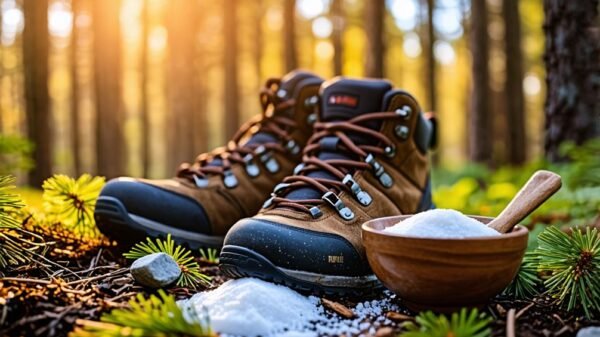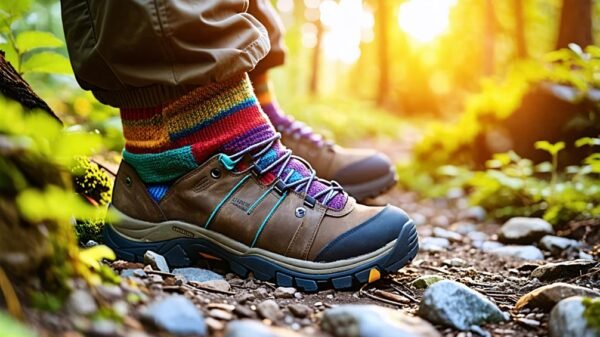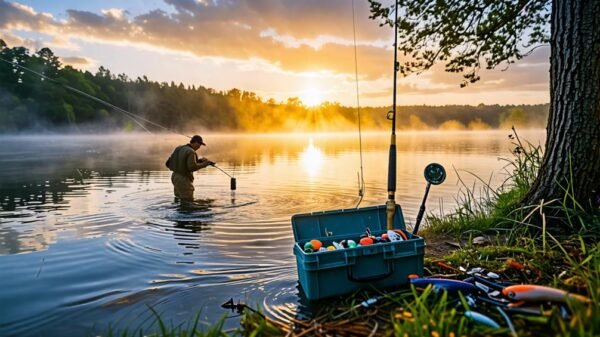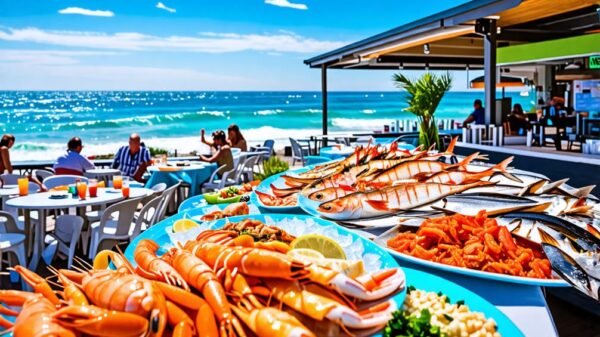What Can "Alone" Contestants Bring into the Wilderness?
The reality show "Alone" pushes participants to their limits as they strive to survive in some of the toughest wilderness conditions imaginable. Contestants must utilize their survival skills, mental toughness, and a carefully curated selection of gear. As they tackle the vast outdoors with minimal supplies, the choices they make in gear can mean the difference between survival and defeat. Understanding what items they can bring sheds light on the challenges they face.
Essential Gear for Every Contestant
Every contestant on "Alone" receives a set of standard equipment that is designed to keep them safe, sane, and somewhat comfortable in the wild. This kit typically includes essential items like eyeglasses and personal photographs—items that can provide a sense of normalcy during their grueling experience. Participants are required to bring their clothing, and specific regulations dictate what types and materials are acceptable. Waterproof clothing is permitted, as is a layered jacket.
Standard gear also encompasses fundamental emergency supplies like tarps and first-aid kits. While these items may seem basic, they play a crucial role in survival, whether it’s providing shelter from rain or treating injuries.
Categories of Gear: Shelter, Bedding, and Hygiene
Contestants have the freedom to choose additional gear categorized into three main sections. The first category, focusing on shelter, bedding, and hygiene, includes vital items for a secure and clean environment.
Tarps serve multiple purposes and can be augmented with an additional tarp. A sleeping bag is essential for warmth, while various ropes (such as Paracord) ensure contestants can construct effective shelters. For hygiene, while toothbrushes are provided, contestants may decide to add items like soap or razors, although many opt for more versatile tools instead. Interestingly, specific hygiene products can even double as fishing bait—an unexpected twist in a survival game!
Hunting, Cooking, and Food: The Second Category
The second category emphasizes hunting, cooking, and food options, equipping contestants with tools necessary for foraging and preparing meals. Contestants are permitted to pack lightweight food items such as beef jerky, chocolate, or dried legumes. However, they can select only a limited amount to maintain weight and efficiency.
Fishing supplies, including hooks and fishing line, enhance their chances of catching fresh food. Additionally, cooking utensils like a pot and a cooking pan, are pivotal for food preparation. Contestants who skillfully utilize these elements often find themselves with a significant advantage in maintaining their health and energy levels throughout the competition.
Tools: The Final Gear Category
Survival requires practical tools, and the third category caters to this need. Contestants can choose from a variety of implements, from knives and hatchets to multitools and saws. These items are not just for convenience; they’re essential for tasks like building shelter and processing food.
It’s striking to note that past winners often select similar gear, such as a sleeping bag, ferro rod for starting fires, and an axe, underscoring the importance of carefully selecting tools tailored to their individual strategies. Essential items such as a shovel or a sewing kit add versatility, making life in the wilderness a little easier.
The Dark Side: Prohibited Items
While contestants have a fair amount of freedom in their selections, several items are banned to ensure a level playing field. Firearms, water filtration tools, and compasses are among the prohibited items. The rationale is straightforward: to prevent participants from gaining an unfair advantage, and to encourage true survival skills.
Ironically, while eyeglasses are allowed, they must be standard—no prescription sunglasses are permitted, reflecting the stringent guidelines that contestants must follow. Such limitations require them to adapt, think creatively, and rely solely on their wilderness skills.
The world of "Alone" reveals much about human resilience, resourcefulness, and the age-old fight for survival. By examining the gear and rules guiding contestants, we gain insight into their experiences and the unforgiving beauty of nature. As nature enthusiasts watch each episode of the series unfold, they witness not just a competition, but the profound depths of human endurance amidst the wilderness.









































